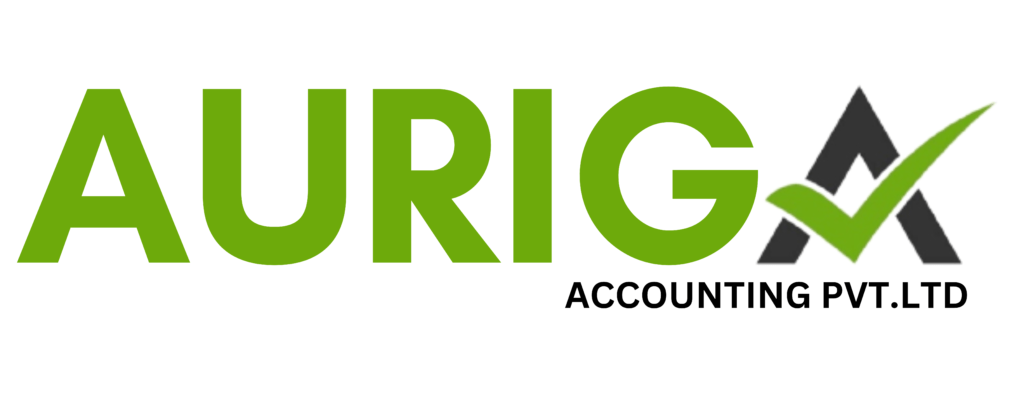Before we look at how to switch tax regimes while filing your ITR, it’s important to understand how the Old Tax Regime and New Tax Regime differ.
What Is the Old Tax Regime?
The Old Tax Regime is the traditional tax system that existed before the 2020 Budget introduced changes. It offers a range of deductions, exemptions, and allowances that help reduce your taxable income. This regime is ideal for those who actively invest or spend in tax-saving categories.
Some common benefits available under the old regime include:
Section 80C: Investments in PPF, ELSS, LIC, etc.
Section 80D: Health insurance premiums
HRA: House Rent Allowance
Home loan interest and more
Old Regime – Tax Slabs (FY 2024–25)
| Income Range (₹) | Tax Rate |
|---|---|
| Up to ₹2,50,000 | Nil |
| ₹2,50,001 – ₹5,00,000 | 5% |
| ₹5,00,001 – ₹10,00,000 | 20% |
| Above ₹10,00,000 | 30% |
What Is the New Tax Regime?
Introduced in Budget 2020, the New Tax Regime offers lower tax rates but removes most deductions and exemptions. Its purpose is to simplify the tax process and reduce the paperwork involved in claiming deductions.
However, a few benefits are still allowed under this regime, such as:
Section 80CCD(2): Employer’s contribution to NPS
Section 80JJAA: Additional deduction for new employment (for business income)
This regime is suited for those who prefer straightforward tax filing without investing heavily in tax-saving instruments.
New Regime – Tax Slabs (FY 2024–25 / AY 2025–26)
| Income Range (₹) | Tax Rate |
|---|---|
| Up to ₹3,00,000 | Nil |
| ₹3,00,001 – ₹6,00,000 | 5% |
| ₹6,00,001 – ₹9,00,000 | 10% |
| ₹9,00,001 – ₹12,00,000 | 15% |
| ₹12,00,001 – ₹15,00,000 | 20% |
| Above ₹15,00,000 | 30% |
Note: Under the new regime, Section 87A rebate is available for total income up to ₹7 lakh, making such income effectively tax-free.
Not Sure Which One to Choose?
Choosing the right regime depends on your income, investments, and eligibility for deductions.
Need help deciding? Explore our full guide: Old vs. New Tax Regime – Which Is Better for You?




